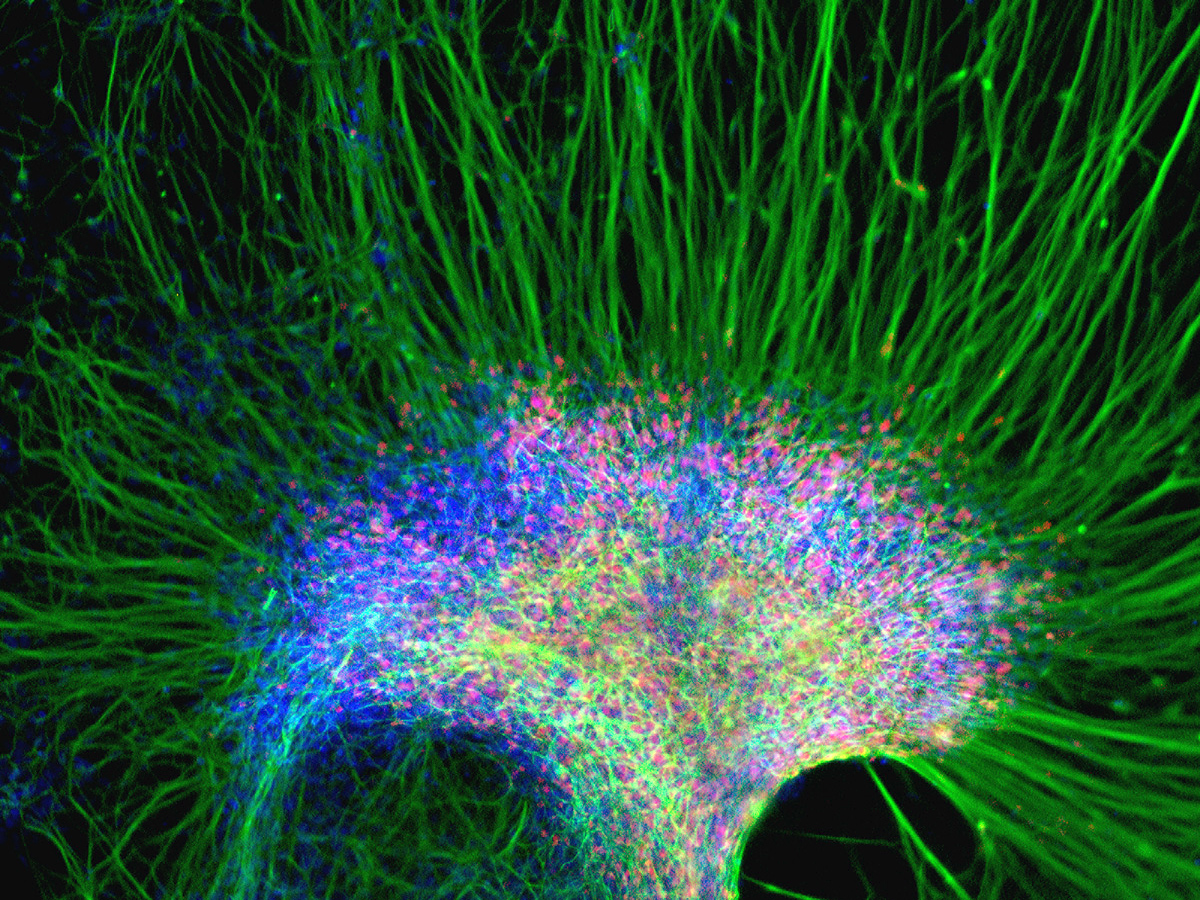People often think of technology and inventions as things that make their lives easier. As technological advance accelerates, though, the latest technologies in development also promise to make people live longer. In fact, many of them are already in use and extending people’s lives. Pacemakers are older examples of technology extending human life. Here are some of the most recent developments that are helping people live long.
Blood Glucose Monitoring Systems
Living with diabetes has always been hard but it has been better in the last few decades. Prior to that, it was hard for people to live at all with this disease. However, the requirements for blood monitoring were difficult and onerous. If people did not pay close attention or were unable to monitor their blood glucose accurately for whatever reason, they could easily become ill, go into shock, and die.
All that is changing right now with the release of the USB blood glucose monitoring system. It is no longer necessary to see a medical specialist to get blood tested or go through any burdensome routine at home. This tiny USB device can fit in your pocket. When you need to check your glucose levels, you simply plug it into a computer or even a laptop. After acquiring a drop of blood and placing it on a strip, you insert it into the machine. In a few seconds, the device tests the blood and gives you an accurate read out.
Homing Nanoparticles
One of the great problems in human health is that pathogens are so small but the tools that we must necessarily use are huge in comparison. When bacteria or cancer cells are just micrometers in length, it is difficult to interact with them with large tools. Consequently, many approaches to disease must be clumsy and attack the problem generally. As an example, consider how chemotherapy sickens and weakens the individual while it simultaneously attacks the cancer.
In some cases, the location of the cancer made treatment essentially impossible. Brain tumors could grow in the interior of the brain and leave surgeons with no way to attack the problem without killing the patient.
Scientists have developed nanotechnology to deal with situations just like this. The latest invention in this area is the homing nanoparticle. These particles are injected into the bloodstream and target the brain. They are attracted to the tumor tissue. Once in place, low-intensity radiation turns them on and they destroy the tumor tissue without damaging the brain.
Stem Cells

Stem cells are not technology but the devices used to manipulate them are. These cells are desirable because they are immature and have not begun to develop into any of the tissues that form the human body. When properly placed and manipulated, they can transform into any needed tissue, such as a new vital organ.
As an example, consider how Alzheimer’s shortens the lives of older people dramatically and tragically. Scientist recently developed stem cells that have replaced those destroyed by this disease in the laboratory. Soon, these cells will be available to lengthen the lives of many people struck with this illness.
3D Printing
In a related breakthrough, 3D printing devices make it possible for doctors to use stem cells and print new organs for people. The 3D printer already exists and is making a variety of tools. The latest work with this technology has already printed cells. Tissues are the next step.
Many of these technologies are already in use. Others are just emerging from the laboratory. All of them promise to make human life more than just pleasant. They could extend lives by many years.
Author Bio: Sarah Daren is a writer who creates articles in the field of health. In this article, she explains a few new health technologies and aims to encourage further study with an online sonography degree.

